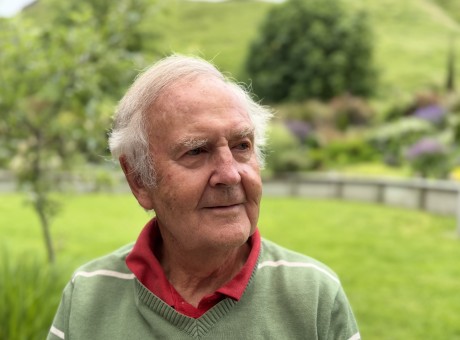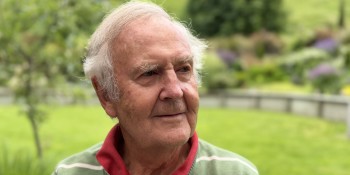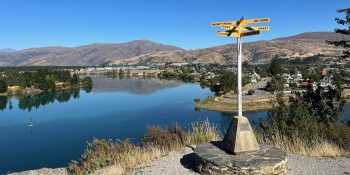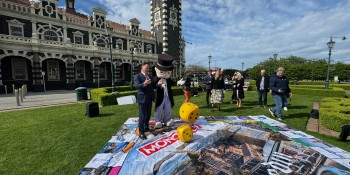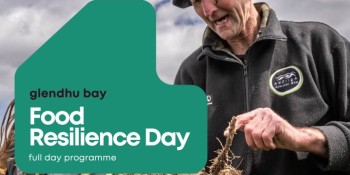Shotover wastewater consent submissions made public
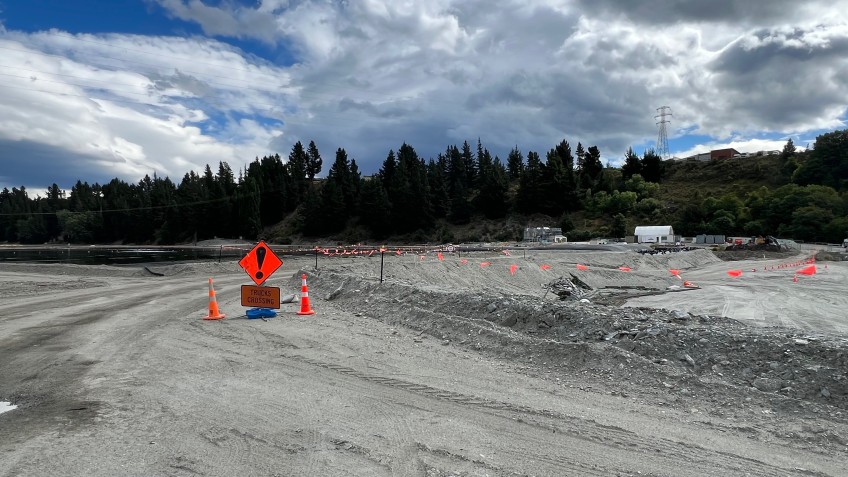
A proposal to discharge treated wastewater into Shotover River is “abhorrent,” “irreversible” and would adversely affect cultural landscape, opponents argue.
Queenstown Lakes District Council is seeking consent to discharge treated wastewater from the Shotover Wastewater Treatment Plant into Shotover River. It also wants permission to disturb the riverbed to create a diversion channel.
Public feedback on the two consent applications closed on November 3 and submissions have now been made public. Of the 10 submissions, six were in opposition, one in support and three were neutral.
QLDC’s consent applications to Otago Regional Council come following compliance issues at its Shotover Wastewater Treatment Plant.
As of April, the regional council had issued two abatement notices, 10 infringements and one enforcement order for QLDC to achieve compliance.
In March, QLDC used its powers under the RMA to take emergency measures to discharge treated effluent into the river following a failure of its land disposal field. These consents seek to legitimise the emergency measures.
In its submission against the consents, Nga Papatipu Rūnaka ki Murihiku said, if approved, they would “have adverse effects on the cultural landscape”.
It opposed the consents but said if granted, mana whenua needed to be able to develop conditions to “adequately mitigate the effects on the values, rights, and interests of mana whenua”.
“The applicant [QLDC] has not appropriately taken the cultural impact and public opinion into consideration when planning for the application. Consultation has occurred, however, insufficient effort has been made to avoid or mitigate the cultural impacts.”
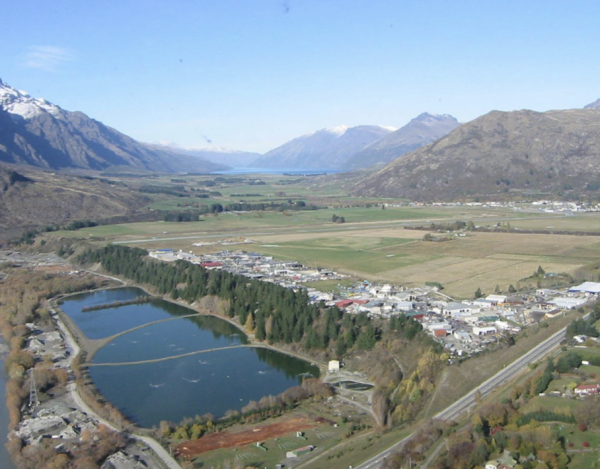
Queenstown Lakes Community Action was set up in March in response to the decision to discharge treated effluent into the river.
The group raises concerns in its submission including lack of contingency plans, insufficient water testing, failure to explore interim treatment improvements and a lack of environmental assessment and independent assessment of downstream drinking water sources.
“The discharge of wastewater into the Kimi-ākau/Shotover River represents not only a local environmental threat but a fundamental governance failure,” Nicolette MacFarlane wrote in her submission on behalf of the group.
“The proposed consent conditions contain no enforceable mechanisms for accountability, independent oversight, or public disclosure,” the submission says.
“It is irreversible, reduces resilience, and conflicts with the Infrastructure Strategy 2024-2054, which commits Council to maintaining service levels and protecting environmental health. It also affects community and cultural wellbeing by removing environmental safeguards and constraining future options for wastewater management.”
QLCA also argues further failures could occur at the treatment plant given its history.
“There is a persistent pattern of testing non-compliance, delayed reporting, and lack of transparency from QLDC.
“The absence of a credible contingency plan increases risk to the environment, public health, and compliance with the RMA.”
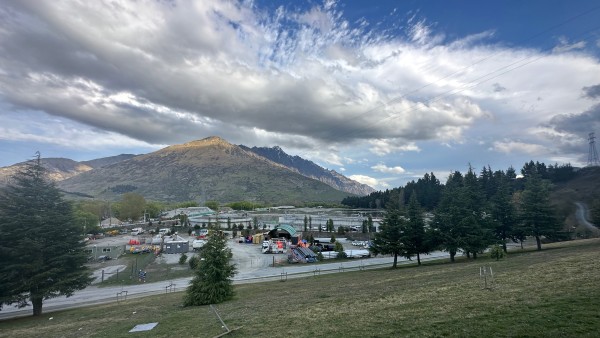
Environmental management agency Aukaha also submitted in opposition on behalf of Kāi Tahu ki Otago, four of the local Māori tribal councils of Ngāi Tahu.
“The Kawarau and Kimiākau/ Shotover rivers are of great cultural significance to coastal Otago hapū.
“Kāi Tahu consider the direct discharge of human waste to natural water abhorrent,” they said.
The submission said mana whenua concerns about discharge into the river and the need to transition to land-based disposal had been raised since at least 1998.
The group opposes the consents but says, if granted, mana whenua should develop consent conditions alongside the council, and there needs to be a commitment to transition to land-based disposal.
Another submitter opposed the application citing “adverse environmental impact and risk from discharging wastewater into a precious and fragile ecosystem”.
“This is not a sustainable solution and endangers the health of the river and water quality in addition to having wider environmental and social impacts. If the health of the river is compromised so to is the viability of tourism and the wellbeing of the community”.
Opposing the application, Whitewater NZ said the consents would “fundamentally alter the river’s natural state”.
“Ongoing consent is strongly opposed on legal, recreational, and environmental grounds.”
Another submitter argued approving consent would adversely affect recreation, and amenity, compromise natural character and interfere with river dynamics.
“The submitter recognizes the challenge QLDC faces with its wastewater infrastructure, but the solution cannot be to sacrifice the values of a nationally treasured river.”
The only submitter in support of the consent, Graeme Lester said: “Let’s get this approved and focus on the long-term solution.”
“I hope anyone who submits in opposition to this consent does not flush their poos or wees down a pipe which leads to the treatment plant, nor shower except when it rains. The most important thing is to get the plant sorted out and scaled up for future development.”
Kawarau Jets, Queenstown Airport Corporation (QAC) and the Director General of Conservation all took a neutral stance.
Kawarau Jets wanted more information about the creation of the diversion channel as “changes to the flow and path of the river can impact on our operations”.
QAC’s submission centred around avoiding, remedying or mitigating potential adverse effects on Queenstown Airport and QAC’s ability to safely and efficiently provide aircraft operations.
While the Director-General wrote it was “important that appropriate conditions are put in place to minimise the risk of disturbance to birds during the breeding and egg-laying period for braided river bird species”.
The two consent applications will now go before the Environment Court for a decision, at the request of QLDC.







